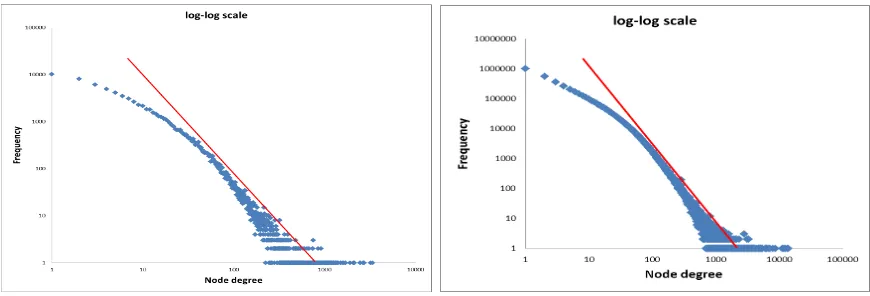Modeling the degree distributions of heavy-tailed networks by generalized Lomax models
Full text
Figure




Related documents
Acknowledging the lack of empirical research on design rights, our paper wishes to investigate the risk of piracy and the perceptions of the registered and unregistered design
Foram utilizadas a metodologia REML/BLUP e a dos efeitos principais dos genótipos e da interação genótipo x ambiente (GGE biplot) para a avaliação da adaptabilidade e da
holes. As shown in Fig. Fig.12 shows the two dimensional delamination factor F a at the inlet of the machined holes in each cutting process. The average and variation of F a
If we don’t practice forgiveness frequently and consistently, we hold onto anger; and even though we might not think of ourselves as negative people, we end up becoming
In order to evaluate the three proposed approaches for parallel KD-Tree k-Means, Static Partitioning ( SP ), Static Load Balancing ( SLB ) and Dynamic Load Balancing ( DLB ), we
Animal predators such as possum, rats, mustelids (stoats, ferrets and weasels), and feral cats are critical threats to birds such as kereru and penguins, and the presence of
Option for pest control – Increase spending to keep possum numbers low, with $100,000 in 2015-16 funded 30% from the General Rates and 70% funded from the Rural Targeted Rate

